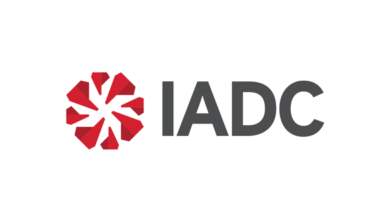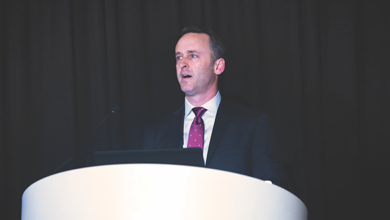Wirelines
Industry provides information to NOGEPA as nitrogen emissions policy causes delays
Nitrogen emissions (NOx and ammonia) in The Netherlands are among the highest in the EU, not least because of the country’s dense population, with both very high industrial and agricultural production. As is the case in other countries, a ceiling is in place in The Netherlands for the allowable level of emissions.
For years, the country had exceeded this level in several areas. However, in 2015 a policy was introduced, which in effect legalized this practice by making it possible to grant permits for projects that would emit nitrogen now but carried expectations for future savings. In this way, the overall emission quantity would be reduced. An example could be the construction of an emission-free building, which would have high emissions in the construction phase but no emissions later.
However, in 2019 the Dutch Council of State ruled that this policy represents a violation of the European Habitat Directive on the grounds that the predicted future savings are highly uncertain. As a result, the Dutch government is searching for solutions to drastically reduce nitrogen emissions. This has led to the introduction of lower speed limits on motorways, initiatives in the agricultural sector, as well as delays of permits in the construction sector and similar delays in the oil and gas sector. At present, operators estimate that more than 30 projects in the oil and gas sector have been halted or are at risk of being halted.
The Dutch oil and gas trade organization, NOGEPA, has made a significant effort to argue the industry’s case. In this regard, they have reached out to the industry, including a number of IADC member companies, in an attempt to map out initiatives already in place.
The drilling contractors then involved IADC to help consolidate information from the industry regarding existing initiatives and new ideas that would help to curb nitrogen emissions. This consolidated overview is now being used by NOGEPA in their advocacy efforts.
Oil production from DOI-managed lands tops 1 billion barrels in 2019
On 11 February, the US Department of Interior (DOI) announced that, for the first time, more than 1 billion barrels of oil were produced in fiscal year 2019 from leases on federal and American Indian-owned lands and offshore areas. The number represents a 122.5-million barrel increase in production compared with fiscal year 2018.
Royalty revenues collected in fiscal year 2019 from oil production on DOI-managed lands increased by 21% over 2018 to $7.5 billion.
Often the second-highest generator of federal income following taxes, energy revenue disbursements are a critical source of funding to states, American Indian Tribes and individual Indian mineral owners, as well as to the Land and Water Conservation Fund, Reclamation Fund, Historic Preservation Fund and the US Treasury. Accounting for all energy production on federal and American Indian-owned lands and offshore areas, total revenues collected last year increased by 31% to approximately $12 billion.
OSHA revises national program for respirable crystalline silica
The US Occupational Safety and Health Administration (OSHA) recently established a revised National Emphasis Program (NEP) to identify and reduce or eliminate worker exposures to respirable crystalline silica (RCS) in general industry, maritime and construction. The NEP targets specific industries expected to have the highest numbers of workers exposed to silica and focuses on enforcement of the new silica standards, one for general industry and one for maritime and construction.
Changes to the program include a revised application to the lower permissible exposure limit for respirable crystalline silica to 50 micrograms per cubic meter (µg/cu m) as an 8-hour time-weighted average in general industry, maritime and construction.
Also included is an updated list of target industries – which includes oil and gas – as listed in the appendix of the NEP. From this list:
- Area offices will develop randomized establishment lists of employers in their local jurisdictions for targeted inspections;
- Compliance safety and health officers will refer to current enforcement guidance for RCS inspection procedures;
- All OSHA regional and area offices must comply with this NEP, but they are not required to develop and implement corresponding regional or local emphasis programs; and
- State plans must participate because of the nationwide exposures to silica.
On 16 January, the US Senate voted to advance the United States, Mexico, Canada Trade Agreement (USMCA), and it was signed by President Donald Trump on 29 January. In response, IADC President Jason McFarland stated:
“The USMCA trade deal is good news for the economies of the United States, Mexico and Canada. Included in the deal is the continuation of zero tariffs on critical energy sources that fuel cars and heat homes, as well as provisions that allow for the swift movement of equipment and personnel across the borders of North America, two issues that are particularly relevant to IADC’s membership. Trade between the countries supports millions of jobs and is a strong driver of economic growth, and we are thankful to President Trump for putting his signature on this historic trade agreement that will ultimately generate continued growth for a wide variety of industries.”
CSB approves final rule requiring prompt reporting of accidental releases
The US Chemical Safety Board (CSB) recently approved a final rule on accidental release reporting. The rule requires prompt reports to the CSB from owners or operators of facilities that experience an accidental release of a regulated substance or extremely hazardous materials that results in death, serious injury or substantial property damage.




